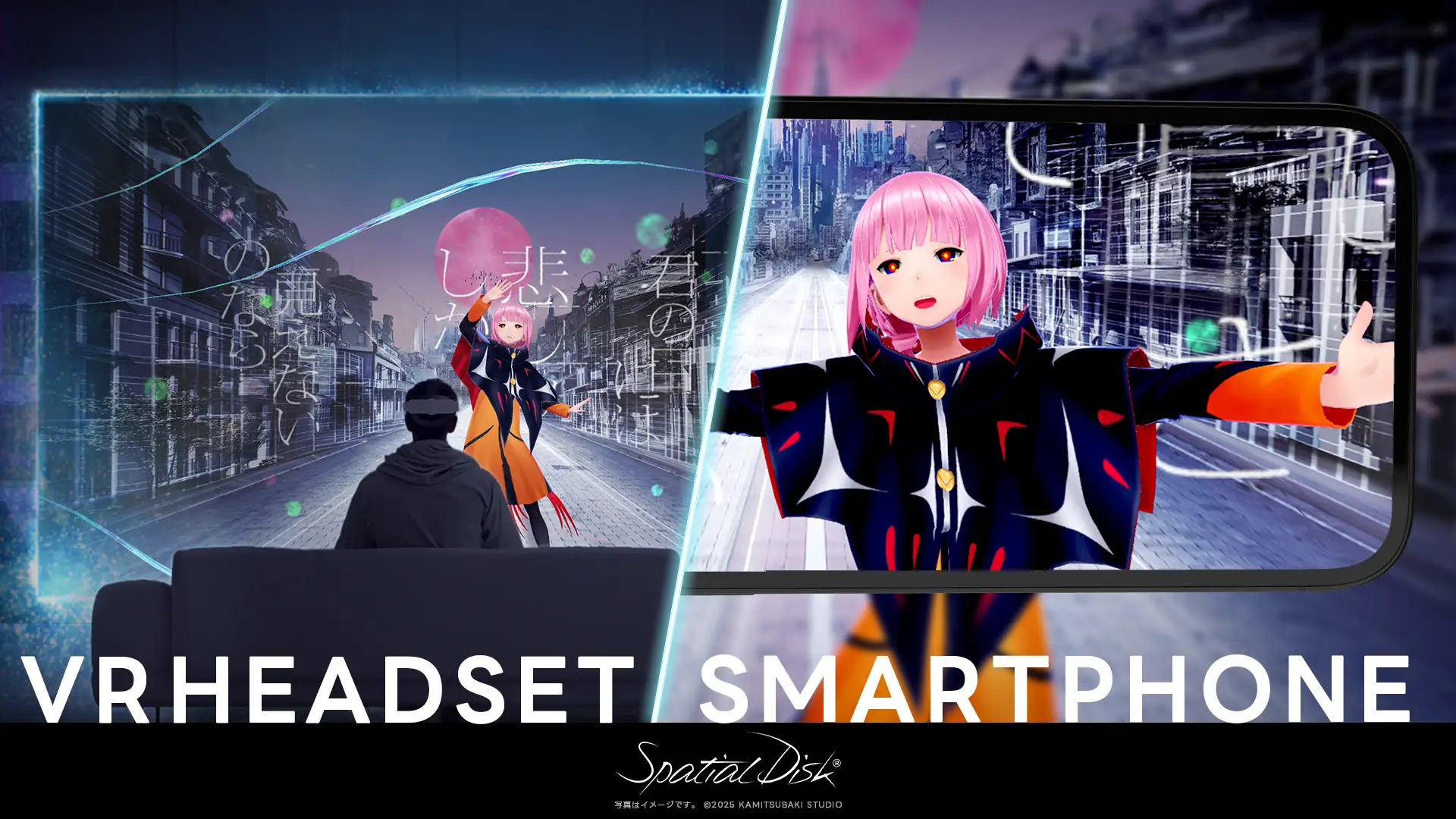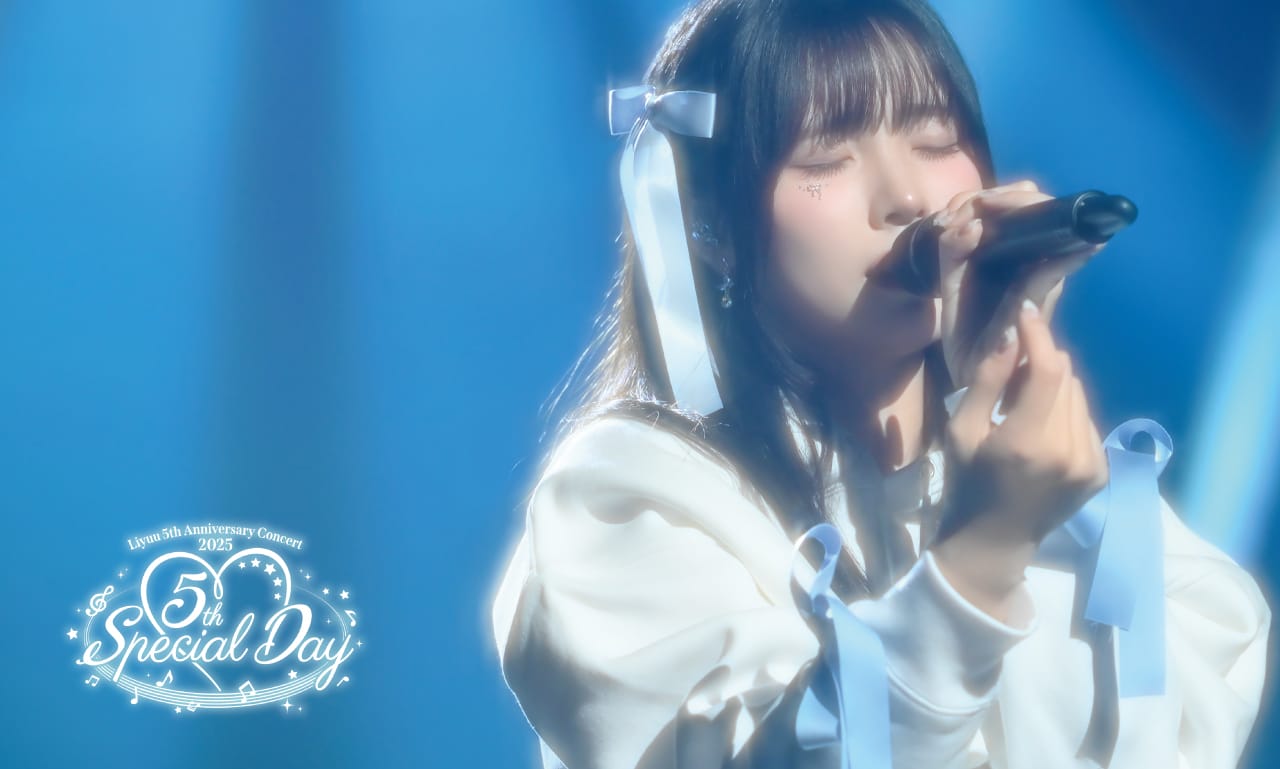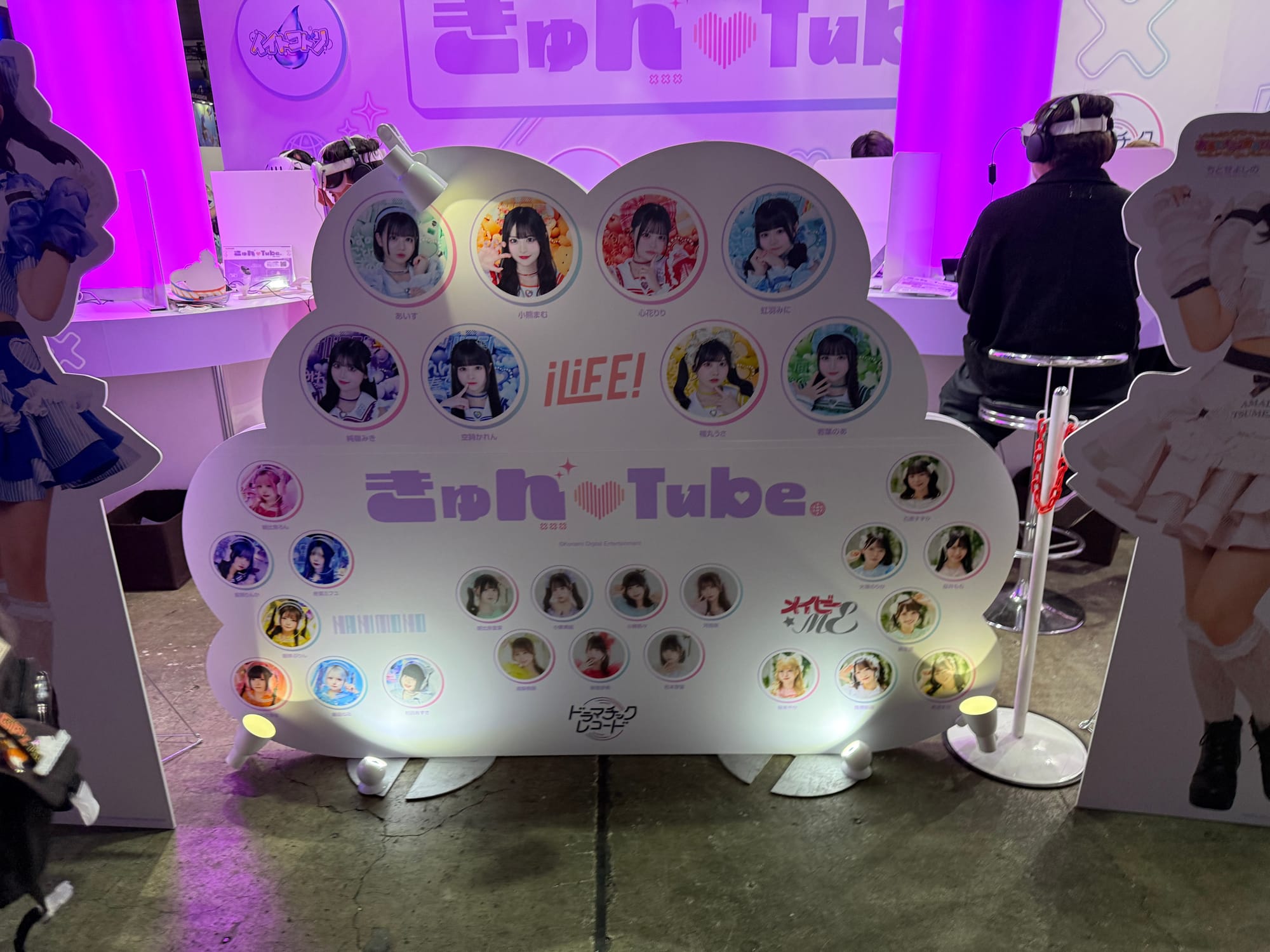Japanese music is heavily built on the concept of a physical connection between artist and fan. The prevalence of cheap shows in livehouses nationwide (and particularly in urban centers) allows indie artists to connect directly with crowds of 100 or less. Even bigger artists hold release events in major music stores like Tower Records, offering signings and promotions to directly engage with those buying the newest release.
This is only more true in the Japanese idol industry, where group photos, handshakes, and more are a commodity core to building an intense personal rapport between fan and idol. It should be no surprise, then, that Japanese music, and particularly the idol scene, has embraced VR. Whereas K-pop artists like ENHYPEN used VR to create bespoke musical experiences with concerts designed for an audience of only you, Japanese music has taken their embrace of VR in a different direction, as demonstrated by a few recent applications and experiences.
While everyone knows Sanrio thanks to characters like Hello Kitty, the company’s characters are omnipresent in all areas of Japanese pop culture, particularly entertainment. That’s before discussing Show By Rock, its multimedia line of virtual musicians blending merchandising with rock, pop, and more. The company’s involvement in music spans back decades, and since 2019 the company has hosted music festivals at its theme park, Sanrio Puroland. In 2021, the company began experimenting with bringing these concerts to the virtual world.
The Sanrio Virtual Music Festival is now a regular event, with its latest iteration in VRChat having taken place last month. It included a mix of free and paid performances all taking place entirely within virtual space and VR, many of which were performed by virtual artists such as Kizuna AI (a restream of 2021’s show) or JKT48v. Sanrio’s own mascots via parades alongside the Show By Rock characters were naturally also featured, but the experience allowed both mobile and VR users to experience an immersive live unlike what’s possible at a physical venue.
Virtual artists in Japan are a growing sector, the popularity of VTubers from the likes of Hololive expanding beyond the confines of YouTube into physical concerts selling out major venues like Saitama Super Arena and Nippon Budokan. The trend means even record labels and major companies like Sanrio are seeking to capitalize on the boom, as well as bridge the physical-virtual divide. These virtual idols, often anime-inspired in design, feel right at home in VRChat. With fans also able to buy avatars, clothing from brands like Forever 21, and real-world goods, it’s a virtual event that bridges idol and pop culture in many ways.

Stepping closer to the idol realm are services like Spatial Disk and VR Mode, whose offerings blend the line between concert and musical performance. They use the medium to close the gap between fan and idol and immerse them within the performance from a 360-degree perspective. Spatial Disk is a more recent entry to the market, promising that performances offered exclusively through its application on smartphones and Meta Quest will take advantage of the immersive environment to involve viewers further into the artist and their performance. Amongst the current offerings on Spatial Disk, this can be seen through the performance from KAF.
The limitations come in terms of price and content. Very few artists launched with the service, limited primarily to Kamitsubaki Studio artists or virtual performances by the Vocaloid Hatsune Miku, often at steep price tags. The aforementioned 6-minute performance by KAF, an encore of a special shown at Tokyo Game Show 2023, costs 1650 yen ($11).
VR Mode, alongside offering VR concert videos, takes things a step further by offering a litany of livestreams and original videos with idols and non-idols alike shot in VR. The appeal here is obvious: using NMB48’s VR archive content as an example, the format allows a fan to enjoy off-stage candid chats between members, sharing the room in a way that may be impossible otherwise as a fan. By enhancing this bond in such a way, even if the VR video itself isn’t a direct driver of profits, it may encourage a fan more invested as a result to spend additional money on live tickets and merchandise.

A newcomer to this array of VR idol services takes the parasocial aspect of these applications to their natural conclusion, centering smaller idol groups and ‘chika idols.’ This creates an expansive library of original content for hardcore fans and those curious to try new artists. Kyun Tube, a name evoking the Japanese onomatopoeia for when your heart skips a beat from something cute or attractive, is currently in development with Konami and represents one of the larger investments in this VR idol video content space to date.
Everything is offered with an immersive 270-degree field of view in VR, with a flatscreen offering also available on mobile devices. Available content is split into three categories: Quuun Stage, which follows the format of many of the services noted above by recording livehouse performances that fans can watch at will; a separate Quuun Stage 2 category includes original performances in unique sets recorded exclusively for the application. Also available are Quuun Labo videos, designated as experimental content, including member chats that attempt to integrate audience interaction, and Quuun Channel, original short dramas shot with a POV perspective.

Understanding the appeal of this service requires a brief explanation of a key variable that differentiates the Japanese idol scene, and particularly the chika idol scene. There are two things differentiating Japanese idols from Korean idols. Notably, Korean idols are often categorized as highly regimented and near-flawless performers, defined by their appearance, technical dancing, and singing prowess. The opposite of this approach is the core appeal of Japanese idols in the eyes of their fans. While these are talented performers in their own right, the appeal for fans of Japanese idols comes in following and supporting their journey to improve as performers.
This is true whether supporting an idol signed to a major record label and reaching the apex of the industry, or an independent group driven by passion and performing for dozens of fans at a time. Those small-time idols are usually referred to as chika idols – underground performers performing in small livehouses without the attachment of a major record label. With a smaller set of hardcore fans, these groups are typically funded through outsized financial support from their core fanbase, often raised via an amplification of the parasocial bond between artist and fan. Many groups will offer paid benefits after each performance, whether that be cheki photos taken with idols, short videos, or handshakes from your favorite member for 1000-1500 yen each.
The balance between genuine support and exploitation on the side of both fan and artist is a point of understandable concern. However, as someone based in Japan and a former devout follower of chika idols who’s witnessed both the wholesome and more questionable aspects of this underground idol culture, there is much to respect about the full-throttled support many of these fans will give to an idol they admire. It’s the dedicated attention of fans turning up every week supporting an idol whose fans may barely reach double figures that allows these artists to continue doing what they love.
For the fan, it can be a chance to channel their stress and hopes into the single-minded adoration and deep-throated roar of support for a singer and their dream. Through a shared admiration, the friendships I formed and witnessed between chika idol fans also ran deep. The communal experience provides a rare chance for many who may not have time to meet people outside of work to find others with similar interests.
Creepy people and exploitative management exist everywhere. Social norms, boundaries, and mutual respect often maintain the decorum and create a genuinely welcoming scene. Which is why I would argue that Kyun Tube, for all it brings with a platform for chika idols to share their passion with a broader audience, caters more to the questionable attitudes of a select minority within the scene, searching for a hook to attract audiences towards this niche VR service.
Certainly, the roadmap of this service is ambitious, aided by the known quantity and monetary investment of developer Konami. As showcased at this year’s Tokyo Game Show, the depth of the launch library for the service promises to be vast. Centering smaller artists over big-name idols provides flexibility to offer a greater array of video content from the very beginning, with nine groups set to provide live recordings and original videos at launch with promises for regular updates and VR livestreams. During a brief public testing period, two such livestreams already took place, establishing the app as more than a library of pre-recorded VR content but a genuine hub for the idol lifestyle.
It’s the nature of this content, particularly in the short drama form, where I raise objections. These dramas each imagine a POV scenario where one member of one of the groups featured by Kyun Tube directly interacts with you, leaning into a specific fantasy through their suggestive nature. In one video, your POV is that of a lost child. After the idol finds you and leans over you to pat your head with the camera suggestively peering down the idol’s shirt, you can watch them practice dancing while you wait for your parents to pick you up. In another video, an idol dressed in a feline two-piece outfit taking selfies at home is interrupted when you, a stray cat, sneak inside their house. After being caught, she chooses to pet and cuddle with you, deeming you adorable.
💜💜💜💜💜💜💜💜💜💜
きゅん♡Tube VR Live のコンテンツの
ご紹介です!
💜💜💜💜💜💜💜💜💜💜#TGS2025 では試遊もできるので、
お越しの方は是非KONAMIブースにお立ち寄りください♡
サービス紹介はこちらhttps://t.co/AUpbgvjzXf#きゅんTube #東京ゲームショウ2025 pic.twitter.com/9RrEKx6gOV
— KONAMI コナミ公式 (@KONAMI573ch) September 26, 2025
This is before discussing how many of the videos are also dissatisfying as a viewing experience. The VR270 approach is structured using three 90-degree windows, creating distracting black bars across the footage that distract and degrade the video quality drastically. During live performances when a multi-camera approach is used for concert recordings, you can’t actively switch between these angles at any point. All video within the application is pre-recorded and pre-edited, meaning footage will forcibly shift unexpectedly between these cameras to disorienting results.
It’s disappointing when Kyun Tube is taking a genuinely interesting multimedia approach to VR idol content not seen elsewhere. The app has a rewards system offering special videos and virtual trading cards for watching content from a particular idol, while the full release will even offer signed photos you can print off at local convenience stores. These policies reveal a service that understands the direct bond between fan and talent at the core of Japanese entertainment, bringing this to VR in a way that feels in tune with the trends of the industry.
I’m greatly in favor of VR being used to shine a light on idols and artists both large and small, embracing how everything from virtual music festivals to VR video services can bring a new dimension to underappreciated artists. It should be no surprise the Japanese industry has embraced VR within the music industry. How to achieve this balance with respect, however, is something companies must consider carefully if this technology is to be welcomed by the broader public.


AloJapan.com